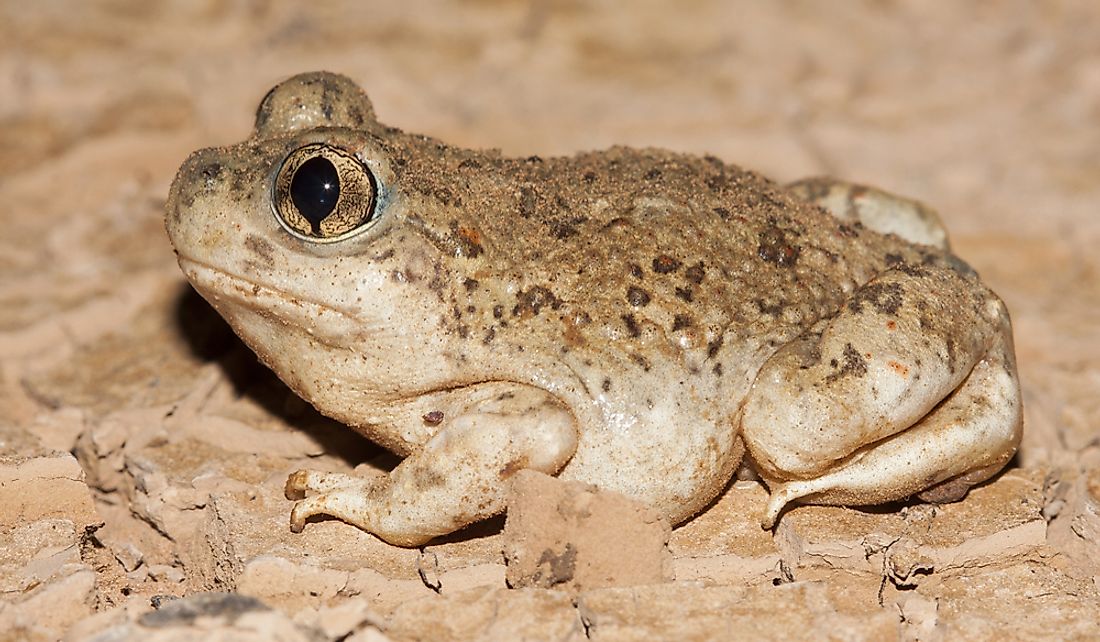What Is The New Mexico State Amphibian?

New Mexico is a US state that is situated in the southwest portion of the country. Colloquially known as the Land of Enchantment, the state has an area of about 121,699 square miles, which makes it the fifth-largest state. New Mexico was the 47th state to be admitted to the union after its admission on January 6, 1912. Over the years, the state has developed a rich history that is perpetuated through a number of things such as the state symbols. Among the state symbols of New Mexico is a state amphibian. New Mexico’s official state amphibian is the New Mexico spadefoot toad.
New Mexico State Amphibian
The New Mexico spadefoot toad, scientifically known as Spea multiplicata, is also known as the Mexican spadefoot toad, the southern spadefoot toad, and the desert spadefoot toad. The toad was official designated as the New Mexico state amphibian in 2003. The toad occurs in all the 33 counties of New Mexico in areas with heights of at least 3,000 feet. Aside from New Mexico, this toad also exists in parts of Texas, Arizona, and Oklahoma.
New Mexico Spadefoot Toad
Appearance
The small toad typically grows to a length of anywhere between 1.5 and 2.5 inches. The body is round and may have green, brown, or grey colors. Mostly, the color of the body depends on the habitat, that is, the body color matches that of the habitat. Aside from these dominant colors, they may also have specks of orange and black with a white underbelly. The body is round while the legs are relatively short. The eyes are distinct in that they have vertical pupils with accompanying large eyes on the top of the head. Another interesting feature about this amphibian is the presence of structures that are wedge-shaped on the hind legs. These structures, which are responsible for the amphibian’s name, are used for digging into soft moist soil.
Habitat
Just like other amphibians, the toad prefers a watery environment. The toads like aquatic environments with secluded places that offer water and protection during dry seasons. An example of such a protected place is an underground habitat or a cave. The Mexican spadefoot toad will stay in these places until it rains and water fills up the surroundings. Even in times when water is plentiful, the toad always gravitates towards underground habitats.
Behavior
Spadefoot toads are extremely secretive and nocturnal. The Mexican spadefoot toad is no different. When it rains, they come out to feed on small creatures like insects. As a defense mechanism, the creatures produce a peanut-like smell. If the smell is too close to the face, then a human being may experience some discharge from the nose or tearing of the nose.
Reproduction
Breeding usually occurs during the rainy seasons when there is plenty of water. However, breeding does not occur in fast-moving water. Instead, they breed on temporary pools where the water is stagnant. Typically, the eggs hatch within 48 hours. Since the pools are temporary, the tadpoles undergo metamorphosis quickly before the pools dry up. Males usually call the females for mating.











